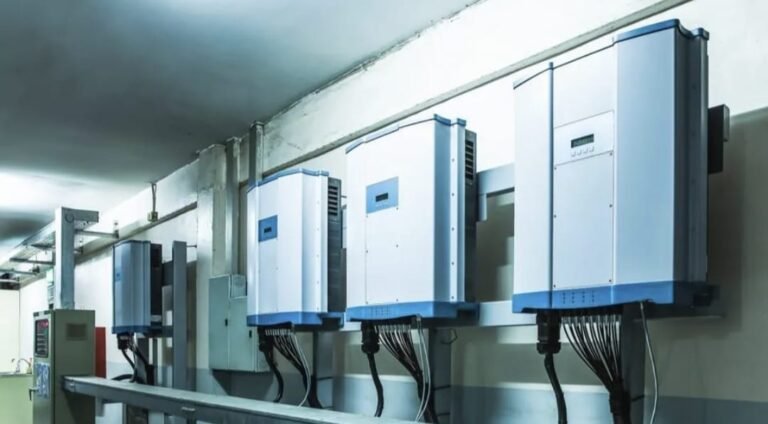Solar battery storage reserves energy from a renewable source, such as the sun, for later use. When procuring and installing the system, one essential consideration is finding the correct solar battery for your needs. The system is a significant investment. Careful installation and proper maintenance ensure a solar battery system’s efficient output and longevity.
Installation of a Solar Battery System
A solar battery system stores the energy generated by solar panels. The energy reservoir serves when the sun goes down or during seasons of minimised sunlight. There is a round-the-clock energy supply. They reduce or eliminate the need for grid-source energy and improve the efficiency of a solar power system.
The main components of the solar battery system are battery cells, battery management systems, and inverters. Three forms of solar batteries are on the market: lead-acid, flow, and lithium-ion batteries.
The initial step of the installation process is the pre-installation assessment. This stage determines the available space for the installation, energy needs, and the financial costs involved. It is possible to run a solar power system with the battery storage.
That happens when there is no need to store excess solar energy for later use. Once consumers cannot access solar power, they rely on the electrical grid as a backup source.
The installation process requires skill and caution. A technician can mount a solar battery system outside or indoors. Acid batteries suit outdoor installation because they emit harmful gases during filling and discharging.
An outdoor connection starts by installing the racking. The racking should be sturdy and installed correctly to hold the batteries’ weight.
Install the solar panels. Connect them to the racking, following the manufacturer’s instructional manual to perform the wiring process correctly. The solar panels fail to perform safely and efficiently when not appropriately connected.
Also, safety precautions such as wearing gloves, using a safe ladder, and turning off the power throughout the installation should be observed. Use the correct equipment for the task.
Install the inverter and connect it to the solar panels while following the wiring instructions. Next, the solar batteries are connected in parallel or series formation. Finally, the batteries are connected to the solar panels and the grid. Install the monitoring system and connect it to the internet. Turn the solar power system on to test it.
Maintenance of a Solar Battery System
Some batteries can last for more than 20 years.
The factors that determine the durability and efficiency of a battery include:
- Brand and type of battery
- Level of care and maintenance
- Quality of installation
Some maintenance tasks include conducting regular inspections to check for damages. Also, ensure adequate ventilation around the batteries, and pay for batteries and installation services with a reliable warranty package.
Use the correct size of batteries for the solar power system. Do not use multiple strings of batteries in a parallel setting. Doing so makes it hard to detect weak batteries, which drain energy from the neighbouring cells and eventually deteriorate their condition.
Coat the battery terminals with a sealant to keep out moisture, leading to the terminals’ corrosion. Acid spatter, dust, debris, and humidity also cause corrosion. To control that, wash the battery tops at least twice annually.
Conclusion
More households are embracing ownership of solar battery systems. The systems are a cost-effective and reliable solution for domestic and commercial energy needs. Installation of a solar battery system should be left to qualified and certified technicians. The owners of these systems should have a repair and maintenance schedule to ensure they get the promised long-term benefits of this energy system.





